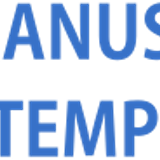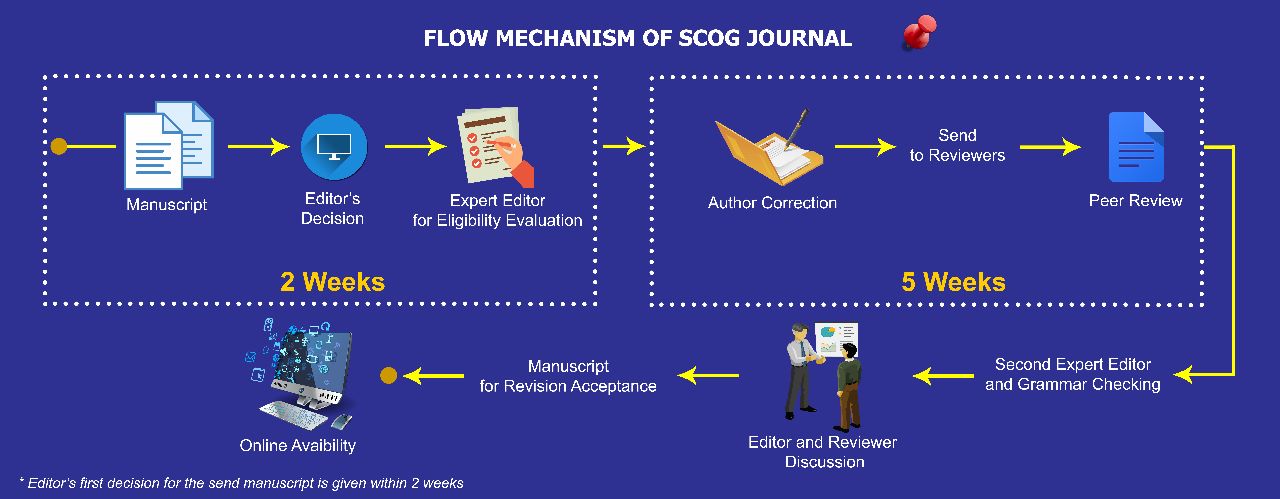Reducing Residual Moveout Seismic Anisotropy Model Using Three-Ray GMA (General Moveout Approximation)
Abstract
A “ hockey stick” phenomenon is one of anisotropic effects that should be eliminated in marine seismic data. It can increase residual moveout at the far offsets and impact to the distortion of refl ection event amplitude, eventually, reduce the seismic imaging quality. Conventional hyperbolic moveout approximation, an algorithm isotropic model commonly used for seismic processing, has a drawback in supressing such phenomenon. It is also not reliable for medium anisotropy model and long offset data. Many researchers formulated nonhyperbolic moveout approimations but it has limitation analysis for inteval offset-depth ratio (ODR) more than four. We present three-ray generalized moveout approximation (three-ray GMA) for transversely isotropic medium with vertical axis of symmetry (VTI), which is a modifi ed non-hyperbolic moveout approximation from original GMA, to cover up of the weakness of the hyperbolic approximation. The objective of this study is to eliminate “ hockey stick” effect and minimize the residual moveout much smaller at once at the far offsets (offsetdepth ratio > 4). In this study, we used synthetic data for single layer model in VTI medium to calculate relative traveltime error for each recent method over a range of offsets (0 ≤ ODR ≤ 6) and anisotropic parameters (0 ≤ ≤ 0.5). We also make comparative method for multi layer and implement it in a velocity analysis and residual moveout calculation. The three-ray GMA shows a better capability than comparative method to reduce residual moveout for larger offset. This result is important for enhancing seismic imaging.
Keywords
Full Text:
PDFReferences
Abedi, M. M., & Stovas, A., 2019. A new parameterization for generalized move out approximation, based on three rays. Geophysical Prospecting. Vol. 67: 1243–1255
Alkhalifah, T., & Tsvankin., 1995. Velocity analysis for transversely isotropic media. Geophysics. 60: 1550–1566
Alkhalifah, T., 1997. Velocity analysis using nonhyperbolic moveout in transversely isotropic media. Geophysics. 62: 1839–1854
Daley, P. F., E. S. Krebes,, & Lines, L. R., 2010. A comparison of exact, approximate, and linearized ray tracing methods in transversely isotropic media. CREWES Research Report. Vol. 22
Dix, C. H., 1955. Seismic velocities from surface measurements. Geophysics. 20: 68–86
Fomel S., 2009. Velocity analysis using AB semblance. Geophysical Prospecting. 57: 311321.
Fomel, S., & Stovas, A., 2010. Generalized nonhyperbolic moveout approximation. Geophysics. 75: U9–U18
Sarkar D., Castagna, J.P., & Lamb, W., 2001. AVO and velocity analysis. Geophysics. 66: 1284–1293.
Sarkar D., Baumel R.T., & Larner K. L., 2002. Velocity analysis in the presence of amplitude variation. Geophysics. 67: 1664–1672.
Song, H. J., Gao, Y. J., Zhang, J. H., & Yao, Z. X., 2016. Long-offset moveout for VTI media using Padé approximation. Geophysics. 81: C219–C227
Song, H. J., Zhang, J. H., & Yao, Z. X., 2018. Global optimization of generalized nonhyperbolic moveout approximation for long-offset normal moveout. Geophysics. 83: S141–S149.
Taner, M. T., & Koehler, F., 1969. Velocity spectra-digital computer derivation and applications of velocity function. Geophysics. 34: 859–881
Tsvankin, I., & Thomsen, L., 1994. Nonhyperbolic reflection moveout in anisotropic media. Geophysics. 59: 1290–1304.
Tsvankin, I., & Thomsen., L., 1995. Inversion of reflection travel times for transverse isotropy. Geophysics. 60: 1095–1107.
DOI: https://doi.org/10.29017/SCOG.43.3.553

This work is licensed under a Creative Commons Attribution-NonCommercial-NoDerivatives 4.0 International License.






